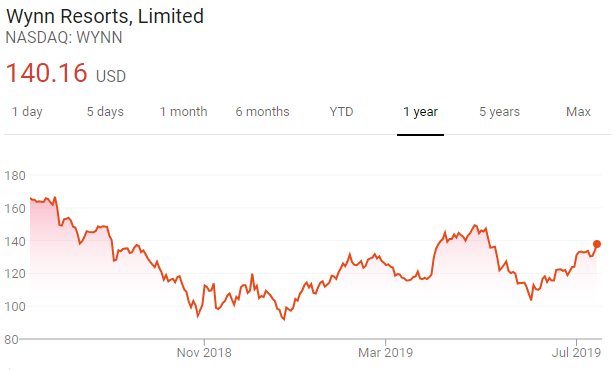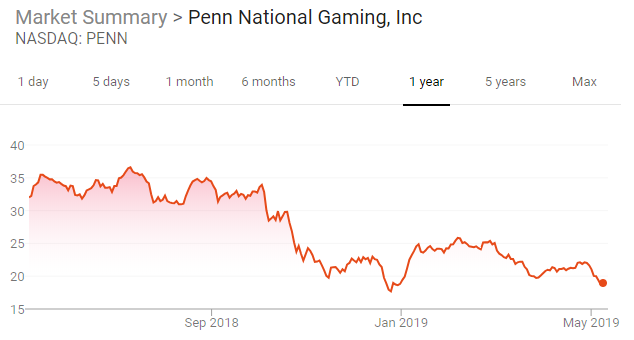One of the things I try to do with this blog is highlight attractively priced securities that I might not have room for presently in client portfolios, but that warrant attention for value-oriented investors. As I have been active in media stocks in recent years, and many content providers are trading at meager valuations due to fears over cord cutting and increasing competition in content creation more generally, I don't really have a lot of room for more media and entertainment exposure at the present time. However, if I did and I was looking for well established blue chips names in the sector to allocate investment dollars, recently slimmed down Fox Corporation (FOX) would be near the top of the list.
Not too long ago, 20th Century Fox was a large, diversified media company. The recent deal to combine much of that legacy business with Disney (DIS) has left behind a more focused Fox, which trades for $35 per share and sports an enterprise value of $25 billion.
The new company is focused on cable news, live sports networks, and Fox broadcast stations. They have essentially sold the higher cost, riskier, production and creative content creation business and kept the simpler, lower cost stations that focus on live programming and have less competition. The company is using free cash flow to also make small, strategic acquisitions to boost growth, such as a 5% stake in The Stars Group (TSG), which will partner with Fox Sports on sports wagering, and a 5% stake in streaming platform operator Roku (ROKU).
Fox recently reported their latest fiscal year results and booked revenue north of $11 billion, EBITDA above $2.6 billion, and free cash flow per share of $3.69. On an EV/EBITDA basis Fox trades for ~9.4x cash flow.
Given their dominant position in live news and sports, coupled with a strong balance sheet and superb cash flow generation potential, it appears that FOx shares at $35 each can offer investors an attractive, low risk opportunity to benefit from multiple avenues of value creation over time. While this is not a high growth, high return situation, paying less than 10x EBITDA for the franchise, which does not factor in assets such as the Roku stake (worth $750 million and rising) or operational upside from any of the company's strategic investments, seems like a bargain.
From a capital allocation standpoint, Fox pays a 1.3% dividend (which is likely to increase over time), and free cash flow north of $2 billion annually will allow for a material reduction in share count over time. As a result, free cash flow per share should grow in the mid to high singles digits long term. With rising per-share cash flow and the potential for multiple expansion (why can't this company trade for 10-12x EV/EBITDA?), there appears to be an attractive risk/reward opportunity here, though I understand it is far from a sexy pick in a climate where money-losing, high revenue growth entities are leading the way. If you like somewhat boring cash cows that are well positioned to maintain their franchises, Fox looks like a good bet.











